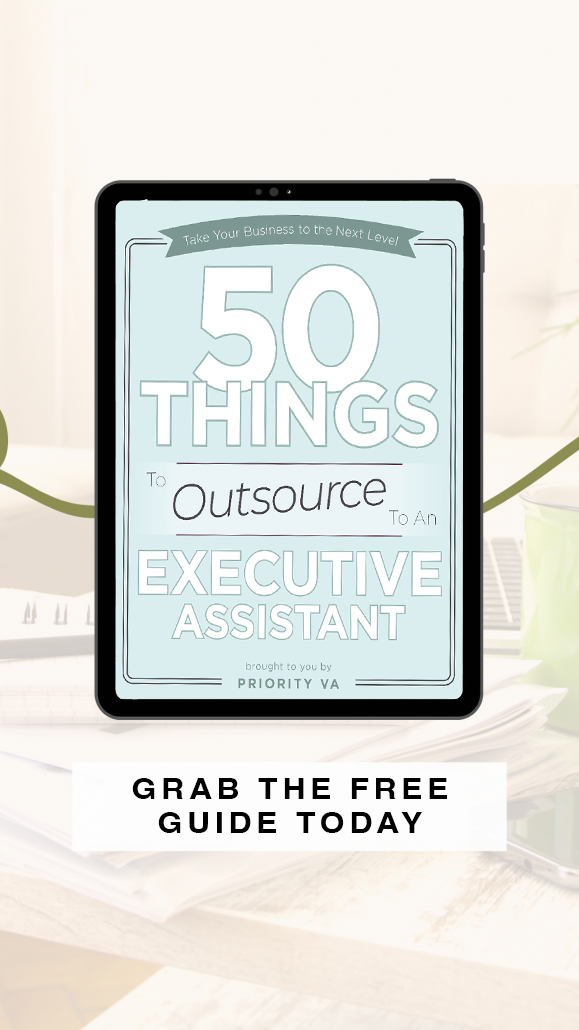Let’s face it. Working remotely isn’t all pajamas and desk snacks. Real work has to get accomplished. Collaboration among teams has to happen to generate momentum and reach the goals in your business. Without intentional and continued communication throughout your remote team, none of that happens.
At Priority VA, we’ve connected hundreds of business owners with virtual Executive Assistants and coached the remote relationships. We know when there is intentional, systematic communication through multiple channels, relationships flourish.
We utilize three specific tools to make sure team members stay connected and work is progressing even while working from home. We ‘bookend’ our week.
- Monday Kickoff Meeting
Every Monday, we have a ‘kickoff’ meeting on a Zoom video call. This provides the opportunity to connect as a team and communicate verbally. First, we discuss wins – what was done last week and what we enjoyed. This creates space to see what work your team excels at and celebrate them.
If any work from last week is outstanding, discuss what the impediments are and what needs to happen to get the task/project completed. Last, we discuss what is going to be done this week moving us towards our big goals for the quarter and any needs to get things done.
- Mid-week Project Management Software
We use Asana for project management. You can use Trello, Basecamp, Munday, or whatever floats your boat. So long as each person’s assignments are visible, deadlines are assigned and progress is tracked. This is where collaboration happens. Communication here is written and usually short quips, phrases or sharing of attachments or finished work products. If there is confusion or too many back and forths, we recommend using a Two-Strike Rule for Communication.
Working from home does not have to mean you’re working alone, or in a silo. Team members can communicate in your project management software as work progresses and different members of the team handle different tasks or aspects of the project.
- Friday Wrap-Up Email
On Friday, we have the last bookend. Each team member emails over with what was accomplished, any delays or barriers to success on outstanding work, and what is on tap for next week. This email provides a long-form of written communication between the team and the Executive.
It might sound obvious — but the Executive needs to respond to this email. Ask if there are any details or processes in your head that your team needs to do their job well. The answer is most likely, yes. Send your team any brand guides, standard operating procedures, customer journey maps or personas to help your team understand your business and customer. This information is vital for them to serve you and your business well.
Lastly, use this email exchange to correct any mistakes. We always recommend making corrections as you go with your team, instead of waiting for small errors to grow into bigger problems, frustrations or resentments later.
This might seem like a simple system, but it creates space for constant communication in 3 different ways: in person during the Monday meeting, in Asana as progress happens on each task/project, and via email on Fridays. So, feedback can happen verbally on Mondays, in the project management software as work continues, and writing via email on Fridays. Utilizing these three tools to communicate with your remote workers will elevate your team to new levels of collaboration and teamwork.
If you’re struggling to build your team, apply for a free Strategy Call with a Certified Momentum MethodTM Strategist today.
If you’re ready to start building a team you can trust, join The Momentum Method™ course today.
P.S. If you’re in the middle of team building, jump over to the podcast Diary of A Doer, Episode 036: Preparing For Your First (Or Next) Hire.

If you’re interested in learning about what an Executive Assistant can do for your business, schedule a strategy call with us.
Our virtual team experts will help you determine how your business can benefit from our Priority Executive Assistants.





